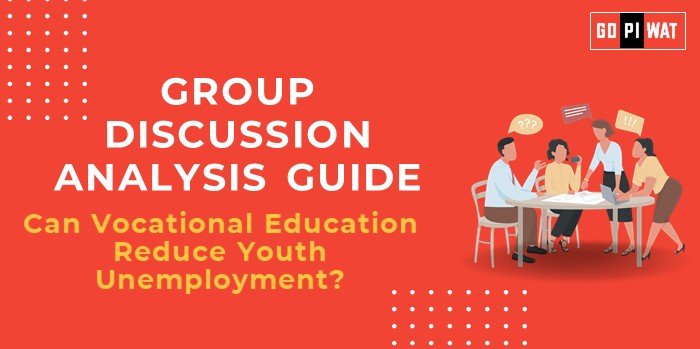🔧 Can Vocational Education Reduce Youth Unemployment?
🌟 Introduction to the Topic
Vocational education has emerged as a potential solution to youth unemployment globally, particularly in nations grappling with skill mismatches in the job market. Rooted in hands-on training and specialized skill development, vocational education aligns with industry demands, offering a viable alternative to traditional academic paths. Amid rising unemployment rates, this approach bridges the gap between education and employment.
📊 Quick Facts and Key Statistics
🇮🇳 India’s NEP 2020 Vision: Aims to integrate vocational education into 50% of all schools by 2025.
🌐 Job Market Alignment: 60% of employers globally report a skills gap (WEF, 2023).
🇩🇪 Germany’s Dual System: Employs 50% of youth aged 18-24 in vocational training, achieving a youth unemployment rate of just 5.5%.
👥 Stakeholders and Their Roles
- 🏛️ Government: Policy formulation, funding vocational programs, and fostering industry collaboration.
- 🏫 Educational Institutions: Designing curriculum, integrating vocational tracks, and partnering with industries.
- 🏭 Industry Players: Providing apprenticeships, on-the-job training, and feedback on skills demand.
- 🎓 Youth and Communities: Engaging in training programs and culturally supporting vocational pathways.
🎯 Achievements and Challenges
✨ Achievements:
- 💼 Job Creation: Germany’s dual system has reduced unemployment through strong industry-education alignment.
- 📈 Increased Productivity: Skilled workers improve operational efficiency in sectors like manufacturing and IT.
- 🌍 Global Competitiveness: Countries like Finland integrate vocational education to foster innovation-driven economies.
⚠️ Challenges:
- ⚖️ Social Stigma: Vocational tracks are often perceived as inferior to academic pathways.
- 💰 Funding Gaps: Many countries lack adequate financial support for vocational institutions.
- 📍 Scalability Issues: Ensuring equitable access across rural and urban regions remains a challenge.
🌍 Global Comparisons:
🇩🇪 Germany: Dual education system ensures seamless transition from training to employment.
🇮🇳 India: Limited success with vocational schemes like Skill India due to implementation barriers.
💡 Case Study:
🇮🇳 Kerala’s Skill Development Mission: Focused on equipping youth with IT and healthcare skills, leading to a 20% employment increase in these sectors.
🗣️ Structured Arguments for Discussion
- ✔️ Supporting Stance: “Vocational education can directly tackle unemployment by bridging the skills gap and making youth job-ready immediately after graduation.”
- ❌ Opposing Stance: “The stigma around vocational training and lack of quality assurance in programs limit its potential to reduce unemployment.”
- ⚖️ Balanced Perspective: “While vocational education addresses skill mismatches effectively, its success depends on systemic reforms and societal acceptance.”
💡 Effective Discussion Approaches
🚀 Opening Approaches:
- 📊 Statistical Impact: “With 15.6% of global youth unemployed, vocational education offers a direct pathway to employability.”
- 📖 Case Study: “Germany’s dual education model demonstrates how vocational training can combat youth unemployment effectively.”
🛡️ Counter-Argument Handling:
- 🤝 Acknowledge societal stigma but suggest campaigns to raise awareness.
- 📘 Address quality issues with examples of successful quality-control mechanisms in Finland.
🔍 Strategic Analysis of Strengths and Weaknesses
- ✔️ Strengths: Job market alignment, cost-effectiveness, and adaptability to industry changes.
- ❌ Weaknesses: Social perception, inconsistent program quality, and limited rural outreach.
- 🌟 Opportunities: Integration with new-age skills (AI, robotics), global collaborations.
- ⚡ Threats: Automation reducing demand for certain skilled roles.
🎓 Connecting with B-School Applications
📈 Real-World Applications: Explore vocational education’s role in CSR initiatives and government-industry collaborations.
🤔 Sample Interview Questions:
- How can vocational education contribute to India’s demographic dividend?
- What role should private players take in vocational education?
✨ Insights for B-School Students: Use vocational models for case studies in sustainable employment and identify potential gaps in vocational frameworks for capstone projects.


